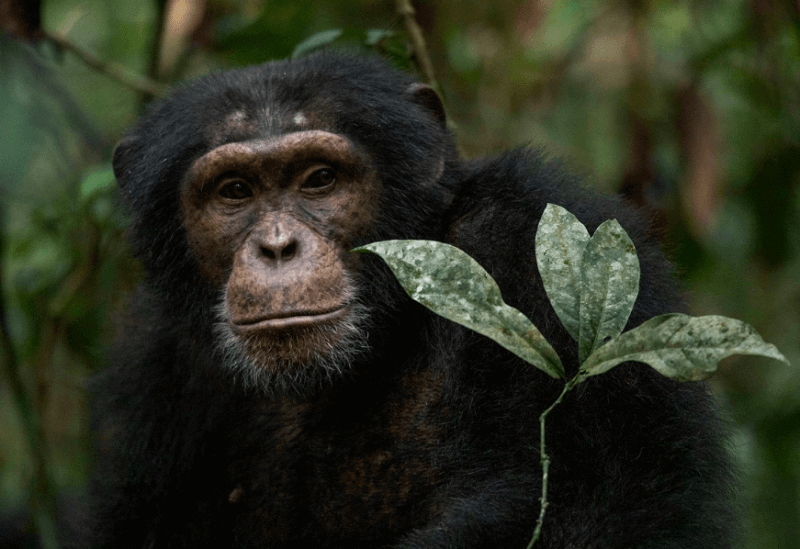On Sunday 10 March at 4PM, stay in and explore with BBC Earth (DStv ch 184) as the finale of Seven Worlds One Planet takes you on a tour across our beloved African continent and showcases remarkable new animal behaviours.
ALSO READ: Pretoria Zoo: Everything You need to Know About Pretoria Zoo South Africa
The series celebrates the diversity of life on each of the seven continents, but also feature the many challenges faced by animals in a modern world dominated by humanity. By telling unknown, unseen and unexpected wildlife stories, we will uncover the fundamental truth about what makes each one of our seven worlds unique…
In the finale episode, visit Kenya with Sir David Attenborough to see the last two Northern White Rhinos. Explore the African jungles where young chimps learn to use tools to find food. On the savannah, a group of cheetah brothers team up to hunt prey twice their size. And, in crystal clear freshwater lakes, caring fish mothers are tricked by devious imposters. In the Namib, hyena make epic treks to find food on the beach, whilst in the Kalahari, the bizarre aardvark digs deep to find a meal. But for much of Africa’s wildlife the greatest threat comes from humans.
Fun facts about the Seven Worlds One Planet finale episode, Africa:
Filming Locations and species (map of world)
- Ivory Coast – Western Chimpanzee
- Malawi – Cichlid
- Kenya – Cheetah
- Zambia – Oxpecker
- Namibia – Brown Hyenas
- South Africa – Aardvark & Temmincks Pangolin
- Zimbabwe – African Elephant
- Kenya – Northern White Rhino
Filming firsts – why should you watch the episode
- Brown hyena in the Namib desert filmed using drone
- Sir David Attenborough with last 2 northern white rhinos on Earth
Africa: did you know?
- The longest river in the world, the Nile (4,132 miles), is located in Africa
- Africa has the world’s largest desert, the Sahara, which is almost the size of the United States.
- Victoria Falls is the largest waterfall in Africa
- Mount Kilimanjaro is the highest mountain on the continent
Facts on species featured
- Brown hyenas are one of Africa’s rarest predators, in a single day they might walk over 20 miles a day
- Oxpeckers also eat ear wax. Scientists believe that oxpeckers use bacteria from the ear wax to facilitate digestion
- Cheetahs are the fastest animal in the world, it can reach 112km/h in just three seconds
- The Pangolin, otherwise known as the scaly anteater, is the only mammal in the world to be covered from head to toe in keratin scales (the same as human finger nails)
- Chimpanzees use tools to help them get things done. Chimpanzees have been known to crack open nuts with rocks, fish out insects from nests and logs using sticks, and shelter from the rain by holding up leaves like umbrellas, use moss like sponges for drinking water
- Aardvarks are known to eat around 50,000 ants and termites in one night
- Some African elephant sounds are so low that they are below the range of human hearing, they can also recognise over 100 different friends from their calls alone
Stories from filming (Number of days filming: 227)
- The crew had to wash in a swamp and pull ticks out of each other every night while filming. The butterflies there liked eating sweat so all of their clothes and shoes were covered in them!
- In Malawi the filming team tried to land their drone on the beach but a group of stray dogs took a massive fascination with it and kept trying to jump up and grab it! The battery power was running super low and Jonny Keeling (Executive Producer) had to end up catching it surrounded by barking dogs.
Be sure to tune into Seven Worlds One Planet, Africa (ep7), broadcast on Sunday 10 May at 4PM on BBC Earth (DStv ch 184). Full series is available on DStv Catch Up.
Image Courtesy: Supplied
